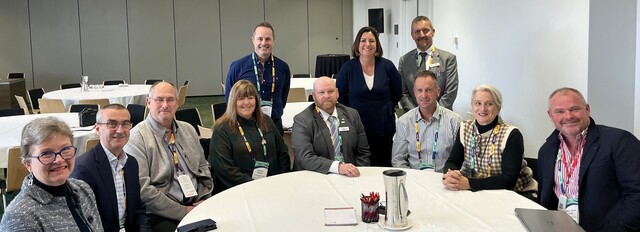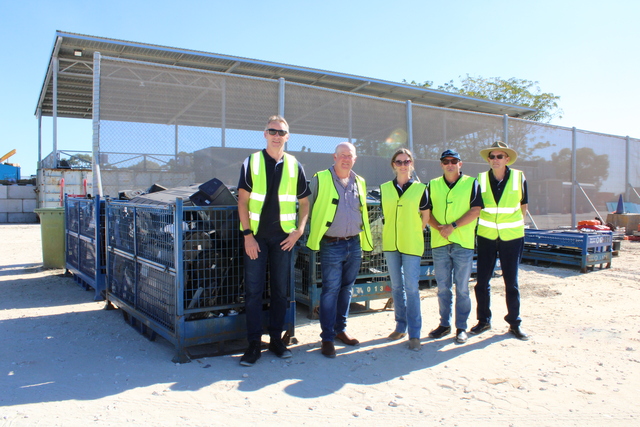The fragile ecosystem of far north Queensland’s rainforests is receiving vital help in the form of Voluntary Conservation Agreements developed by the Johnstone Shire Council. The Shire has some 90,000 hectares of World Heritage Listed wet tropics, which, while primarily the responsibility of State and Federal Government, increasingly need local help to survive.
The community owns most of the connecting habitat areas between national parks that is critical for ensuring animals can freely move from one area to another, dispersing seeds and breeding in a relatively undisturbed environment.
In particular the southern cassowary’s role in scattering seeds and thus preserving biodiversity is vital.
With less than 1,500 still surviving, their demise, due to land clearing, could spell the eventual degradation of what remains of the entire rainforest system
With no legislation to prevent landholders from clearing remaining habitat, the Shire has stepped into the breech. It has set up voluntary agreements, which offer landholders a 40&endash;95 percent rate reduction in return for preserving habitat on their land.
Once agreed, the ‘Deed of Agreement for Habitat Conservation’ provides legal protection for natural bushland even in the event of land being sold.
The agreements have resulted in over 1,300 hectares of vegetation being protected to date.
To reinforce the process, subdivisions and development, within the area defined as the Rural Conservation Zone, have been kept to a minimum.
As well, density and location of permitted development has been planned to reduce habitat fragmentation.
“Since its inception many landholders who were initially wary have found they are benefiting from improvements to the environment, such as decreased erosion and the like,” said Conservation Officer, Mark Gordon.
While the project involves costs, including funding of a conservation officer, in kind support via the supply of a 4WD vehicle and administrative assistance, as well as reduced rate revenue, the benefits have been widespread.
Not only has it gone a long way towards preserving the environment that local people treasure, it has brought community groups and landholders together with Council Officers in considering what is best for the region.
The Project has also attracted international interest from governments, conservationists and academics tackling the same issues.







